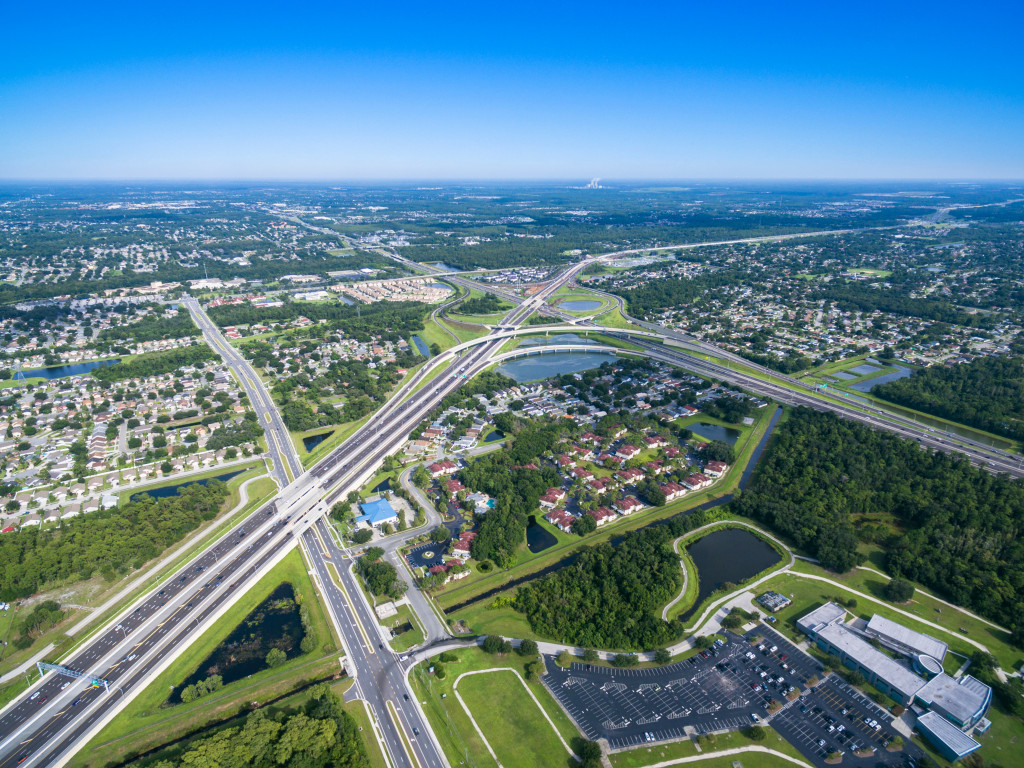- Research and learn applicable environmental regulations before initiating any project. You will need to write a comprehensive environmental compliance document.
- Conduct an Environmental Impact Assessment (EIA) to understand the potential impacts of the project.
- Use sustainable materials and green technology to reduce waste, conserve energy, water, and prevent soil degradation.
- Engage with local residents through committees, consultations, workshops, public meetings, and media campaigns.
In today’s world, when environmental issues are at the forefront of everyone’s minds, it’s become necessary to ensure that community development projects are in line with environmental regulations. To be compliant with these regulations, local government units and other organizations need to be aware of the rules and regulations that govern these types of projects.
Failure to comply can impact the community and the environment in various ways. Hence, in this blog, you will learn about a few essential tips that can help local government units and other organizations comply with environmental regulations in community development projects.
Know the Regulatory Requirements.
Environmental regulations vary from one country to another, making it essential to be aware of the regulations that govern the community development project’s location. Research and learn these regulations before initiating the project.
It helps to have writing skills to create a clear and concise environmental compliance document. This document needs to explain the project activities, the applicable environmental regulations, how these regulations will be complied with, and the potential environmental impacts of the project.
Environmental Impact Assessment.
Every community development project has the potential to impact the environment, which is why local government units and other organizations need to conduct an Environmental Impact Assessment (EIA) before initiating any project.
An EIA helps to determine the potential environmental impacts of the project and identify ways to mitigate those impacts. It’s always best to involve experts in the EIA process to ensure that the project adequately addresses any environmental concerns.
Save Natural Resources.

Protecting the natural resources is crucial in every development project. Using sustainable materials and employing green technology will help reduce the impact on the environment. Governments and organizations can partner with sustainability experts and invest in sustainable technology to minimize waste generation, conserve energy and water as well as prevent soil degradation.
Follow the Regulations.
Regulations are put in place to ensure that the environment and people’s health are protected from harm. Community development projects must comply with the laws. Allowing process deviations or ignoring regulations can result in penalties, fines, and even cancelation of the project. Regulations may vary depending on the location or kind of project you’re doing, so it’s essential to do your research and stay updated on any changes in the regulations.
For example, you might need to conduct a Stormwater Pollution Prevention Plan (SWPPP) inspection to comply with the stormwater regulations. This will grant you an SWPPP certification and ensure that you have a comprehensive plan that identifies potential sources of pollutant runoff and strategies to prevent or reduce their impact on the environment. This will ensure that all stormwater management and control systems are working effectively.
Community Engagement.
A community development project should consider the impact on the community. Engaging with the community can be an effective way to identify any potential concerns and address them before the project commences. There are plenty of ways you can go about this. Here are four examples:
Form a committee of local residents.

Forming a committee of local residents to provide input on the project is a great way to engage the community. The committee can be used to identify and address any potential environmental concerns about the project.
Consult with experts.
Consulting with experts in various fields, such as land management, public health, and environmental protection, can help ensure that all aspects of the project are compliant with regulations.
Organize workshops and public meetings.
Organizing workshops and public meetings is a great way to inform the community about the project, its potential impacts, and what measures are being taken to protect the environment.
Conduct media campaigns.
Reaching out to local media outlets can be an effective way of informing the community about the project. Media campaigns can also help identify any public concerns and address them proactively.
By engaging with the community, you can better understand their opinion about the project and identify any potential issues that could affect the outcome.
Complying with environmental regulations in community development projects is necessary for local government units and other organizations. By researching the applicable regulations, conducting an Environmental Impact Assessment (EIA), and investing in sustainable materials and green technology, you can ensure that your project does not cause any harm to the environment or people’s health.
Additionally, engaging with the community through committees of local residents, consultations with experts, workshops and public meetings, and media campaigns will help identify potential issues before they arise. Following these tips will allow you to develop successful projects while complying with all relevant environmental regulations.




